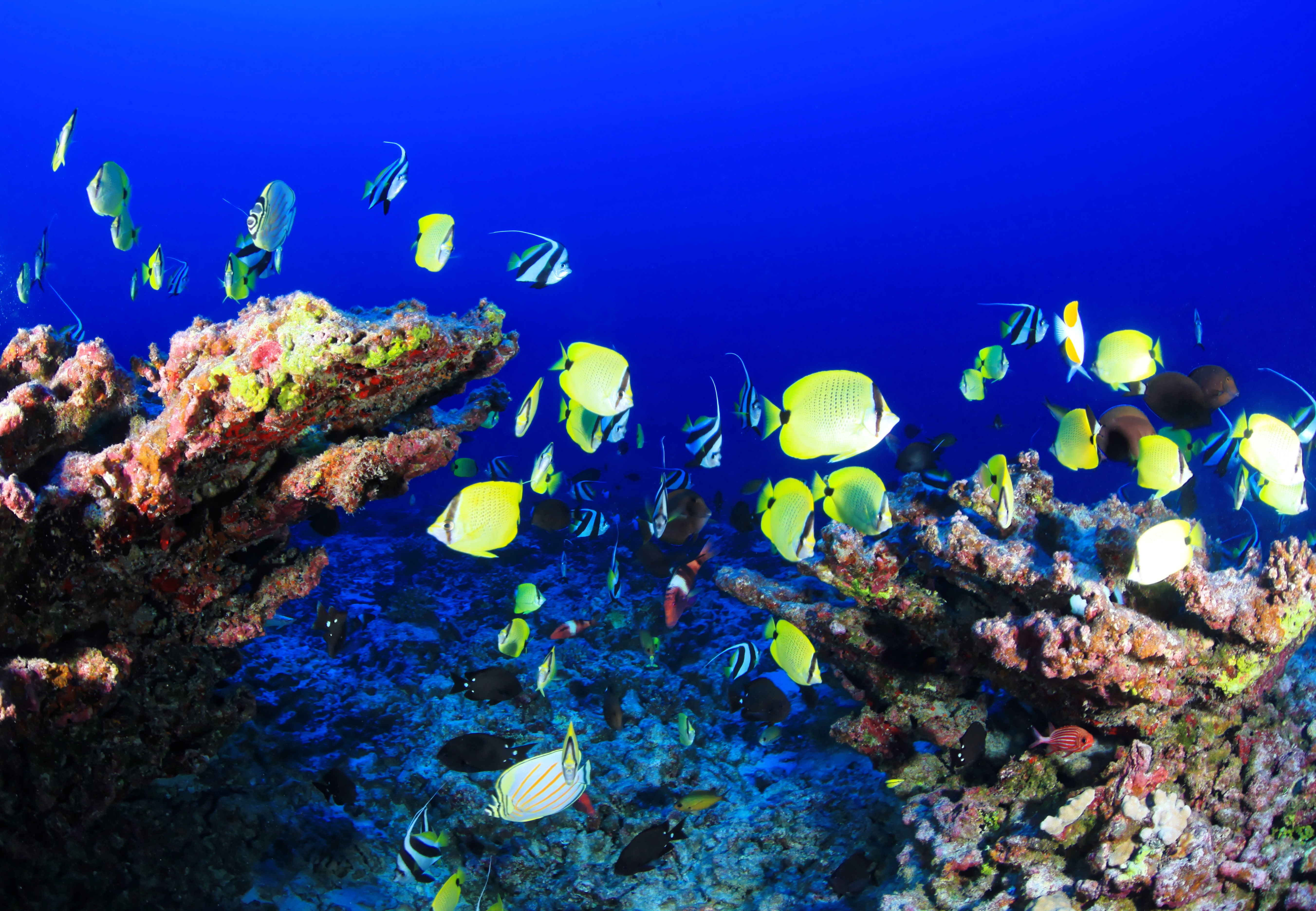CHAPTER THREE: Range Shifts in Marine Species
Plants are, of course, not the only organisms that have a particular range of temperatures in which they can thrive. All living things from bacteria to whales have upper and lower thermal limits, both extreme (acute exposure) and average (chronic exposure). Because of water's high specific heat, the amount of energy needed to change a material's temperature, aquatic organisms are often spared large and rapid fluctuations in ambient temperature. (Think about how slowly the ocean warms up over the course of the summer.) However, even relatively small and slow increases in temperature can be problematic to species that are adapted to a narrow range.
There are many factors that determine a species' geographic range. For marine species this can include not only temperature, but salinity, bottom topography, food availability, visibility, and currents, with the possibility of different needs for adult, egg, and larval stages. This multi-factor set of criteria makes predicting how these species ranges will vary under climate change regimes difficult.
This widget allows us to visualize how a number of different marine species, both invertebrate and vertebrate, are expected to shift their ranges over the next 70 years. In some cases, it's a simple northward shift to cooler waters. In other cases, the range shifts offshore to lower temperatures, contracts at both northern and southern boundaries, or in the most extreme cases completely vanish when no suitable habitat remains.
